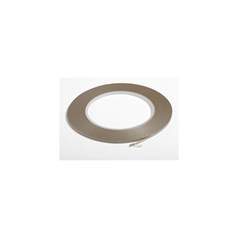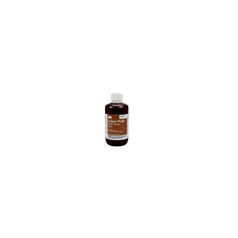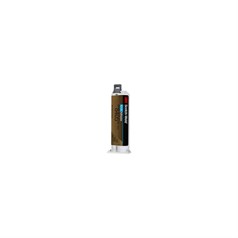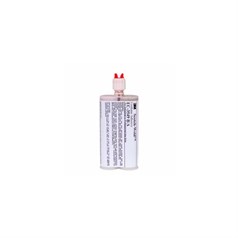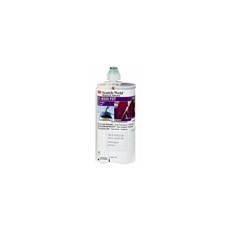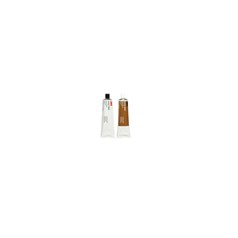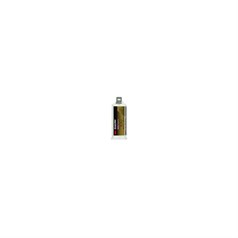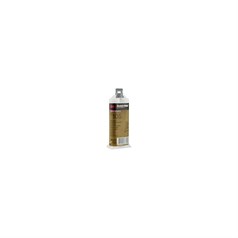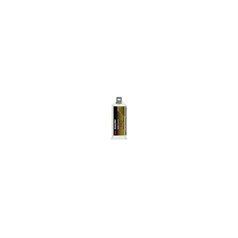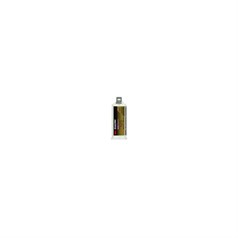Structural Adhesives
Structural adhesives are adhesives capable of holding two or more substrates together under stress. They often have mechanical properties at least equal to those of the materials they are bonding. They are also called "load-bearing" adhesives.
They will remain bonded under vibration, shock, chemicals and temperature excursions. They are well suited to a broad range of industrial and commercial applications. The types of substrates they can bond include metals, plastics, glass, rubbers and ceramics.
Conro offers a wide choice of structural adhesives from major manufacturers such as Araldite and Henkel Loctite.
Conro is an authorized distributor for Henkel Loctite.
Key advantages of structural adhesives
Compared to mechanical fasteners, they offer several advantages:
- Improved stress distribution.
- Improved aesthetics.
- Fast processing speed
- Reduction in costs
- Suited for filling large gaps between parts
Types of structural adhesives
There are three main types of structural adhesives: epoxies, urethanes and acrylics.
- Epoxies: The most versatile. They bond easily to many substrates and have good chemical resistance. An excellent choice for filling large gaps.
- Urethanes: The most flexible. They provide good adhesion to wood, plastic and metals. Urethanes are resistant to humidity and environmental factors. Primers may be required to achieve high bond strengths.
- Acrylics: The best choice for unprepared metal and plastics bonding. Acrylics need little surface preparation. Because of this, they provide cost and efficiency advantages. They have high impact strength and cure quickly at room temperature.
Many types of structural adhesives offer 2-part application and a wide range of cure speeds.
Applications of structural adhesives
The use of structural adhesives is common in the following industries:
- automotive
- aerospace
- marine manufacturing
- electronics
- construction
- engineered wood
- medical
- consumer industries
They are used in magnet bonding, metal bonding and multiple surface bonding. Other uses include NVH (noise, vibration, and harshness) reduction, plastic and composite bonding, potting and encapsulating, and more.




